Protecting Nesting & Hatching Sea Turtles
Nesting and hatching sea turtles
Every year in South Florida thousands of female turtles emerge from the Atlantic ocean. They crawl up the soft sand on a quiet 9 mile stretch of beach and dig their nests.
The largest turtle of all, growing to a massive 3 metres (10ft) in length, is the magnificent Leatherback turtle Dermochelys Coriacea. If you want to see the rare Leatherback then March-June are the best months, peak nesting time for these rare and amazing animals is around midnight during April and May. Loggerhead turtles Caretta caretta nest most nights from April to August. Green turtle Chelonia mydas also nest in these months. Peak nesting time is May-July. Hawksbill turtles Eretmochelys imbricata also nest here year round and are seen most often when snorkeling at the beach, in the daytime. Turtles can often be seen from the beach or from boats, as they float on the surface and mate in the warm gulf stream waters. If you want to see the baby turtles hatching on the beach, the best time to visit is June-September, with the peak for hatching babies being just before sunrise in July and August.
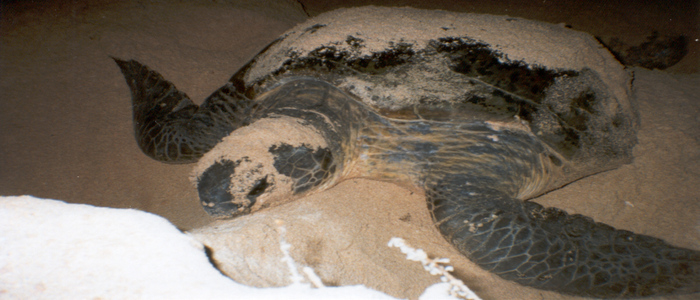
Leatherback turtle - Dermochelys coriacea
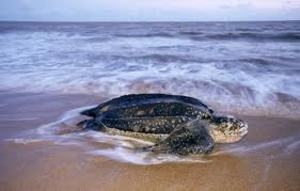
Once a female sea turtle is mature (at around 30 to 35 years old) she will return to the same beach she hatched on many years before, to dig her own nest. Each time she nests, she will normally pick a place within 100 yards of her orignal nesting site.
Loggerhead turtle - Caretta caretta
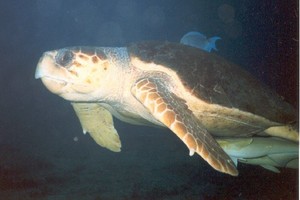
Mother turtles will lay between 80-120 eggs in each nest. Most will lay two clutchs of eggs per season.
Baby turtles hatch on the beach May thru October
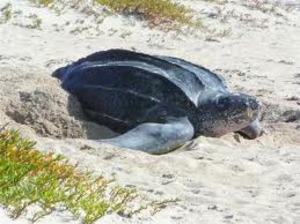
A mother turtle can determine if her babies will be male or female, by the temperature of the sand she lays her eggs in. Each nest will be either all male, or all female, depending on what nature needs at that time.

One of my favorite times of year is when the baby turtles hatch. You have to wake up early for this, but it's wonderful to see them emerge from the sand and run to the ocean, where they will live for the rest of their lives.
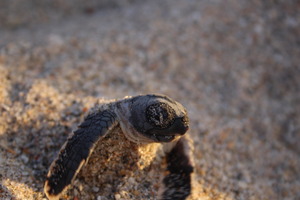
Each summer I like to volunteer to help the baby turtles. Many get turned around and go the wrong way into the sand dunes, or get trapped in crab burrows. Some even go into hotel pools or the parking area or even the road.
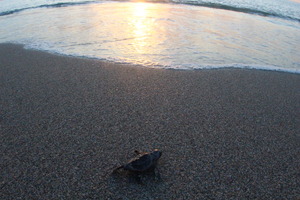
Green turtle - Chelonia mydas
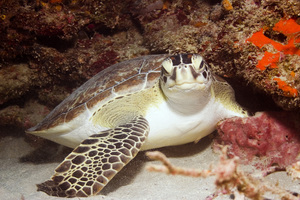
Female Turtles will sometimes dig more than one nest before deciding on the perfect site. If she decides the conditions are not correct, she will abandon the nest before laying eggs.
Leatherback turtle Dermochelys coriacea
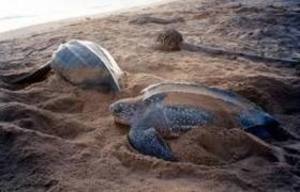
Male sea turtles never come ashore, they spend all their lives in the ocean.
The South Inlet walk path leads to this sandy beach
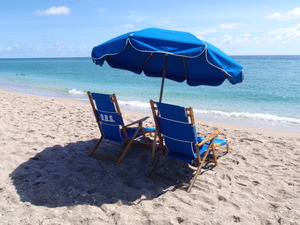
It is illegal to use any lights on the beach, as it can scare the turtles, and prevent nesting. Do not use flashlights or camera flash, as it can disturb the turtles. This is very important, as lights could scare the mother turtles. All lights on the beach are strictly prohibited.
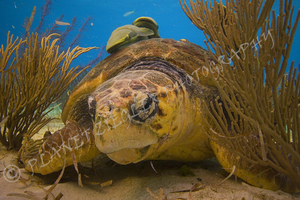
Females return to the beach of their birth at around 30 years old to make their own nests. They are not always sucessful at first, it takes practice.
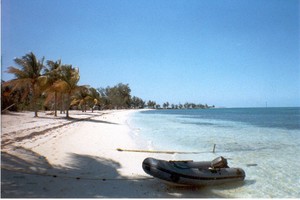
Anyone can help the baby turtles : )
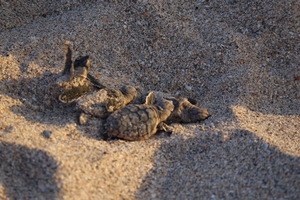
Please contact me for full infrmation.
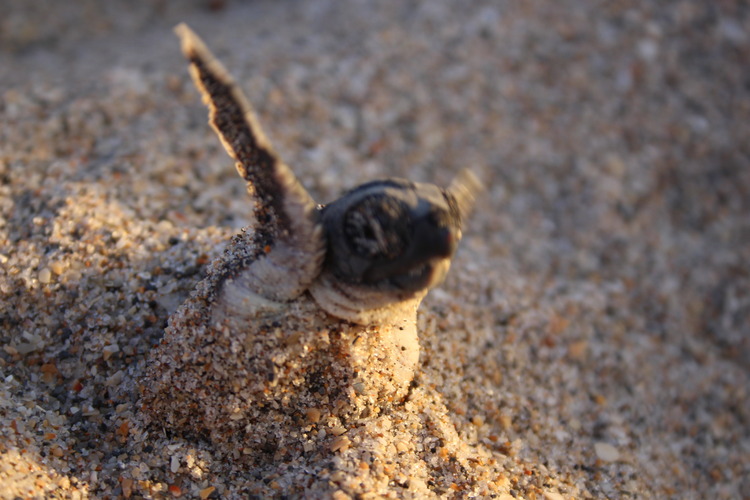
HELLO WORLD!